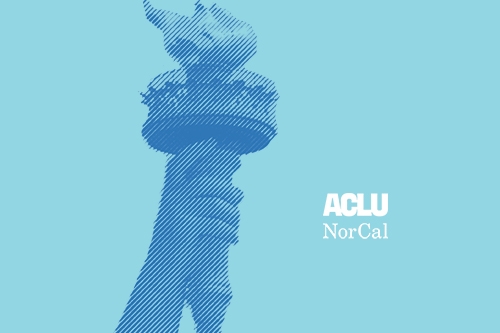Oakland Gang Injunction is a False Solution
Page Media

The Oakland City Attorney's proposed gang injunction is a misguided tactic for curbing violence, and a misappropriation of scarce public safety dollars.
During a recent visit to a youth center in Oakland, U.S. Attorney General Eric Holder said, "We don't want to get tough on crime, we want to get smart on crime."
Being smart on crime requires winning strategies to enforce existing laws today and invest in community programs that change the climate of violence over the long term. Oakland faces a serious problem with violent crime, but it is also a wonderful city that deserves meaningful, long-term solutions to its problems.
My husband and I are raising our young son just three blocks from the huge area of North Oakland covered by the proposed injunction. I understand the safety concerns, but this community does not need a false solution that fails to address the root problems of violence and gang activity.
Gang injunctions are court orders that criminalize everyday activities of people labeled gang members by relying on a lower burden of proof in the civil court system. In cities where gang injunctions have been issued, they have resulted in young black and Latino men - whether they are 16, 25 or 35 - facing harassment by police simply because of what they look like and where they live.
Our communities are less safe when police spend their time profiling and penalizing otherwise legal day-to-day activities, instead of truly addressing serious crime and violence. If someone has committed a violent crime, police can arrest them. The criminal justice system - along with its procedural protections and tougher sentencing - is the appropriate place for addressing these offenses against the community.
Some may look to San Francisco, which has enacted gang injunctions in several neighborhoods, but it is impossible to compare San Francisco side-by-side with Oakland. The gang injunction in San Francisco's Mission District, for example, covers just a few square blocks, compared with 100 square blocks in North Oakland. The Oakland Police Department's relationship with the community is also far worse than the relationship between the community and the police in San Francisco.
A quarter-century after the first injunction was issued in Los Angeles, injunctions still aren't working, and cities like Oakland are following a bad example. Thorough reports from the Justice Policy Institute and the Advancement Project conclude that, to prevent violent crime and gang activity, cities need to create job and education opportunities and fund social services for at-risk youth.
Despite facing loud community opposition, along with legal challenges by the ACLU of Northern California and the Lawyers' Committee for Civil Rights, the Oakland city attorney is defending the proposed injunction in court Thursday.
The City of Oakland has the opportunity to chart a different path and craft a winning public safety strategy that works. My family and neighbors deserve to feel safe, and truly be safe, in the city that we love.
Oakland should have the best public safety strategies in place. The measure of these strategies should be whether they work. Gang injunctions do not.
Diana Tate Vermeire is the Racial Justice Project Director at the ACLU of Northern California.
